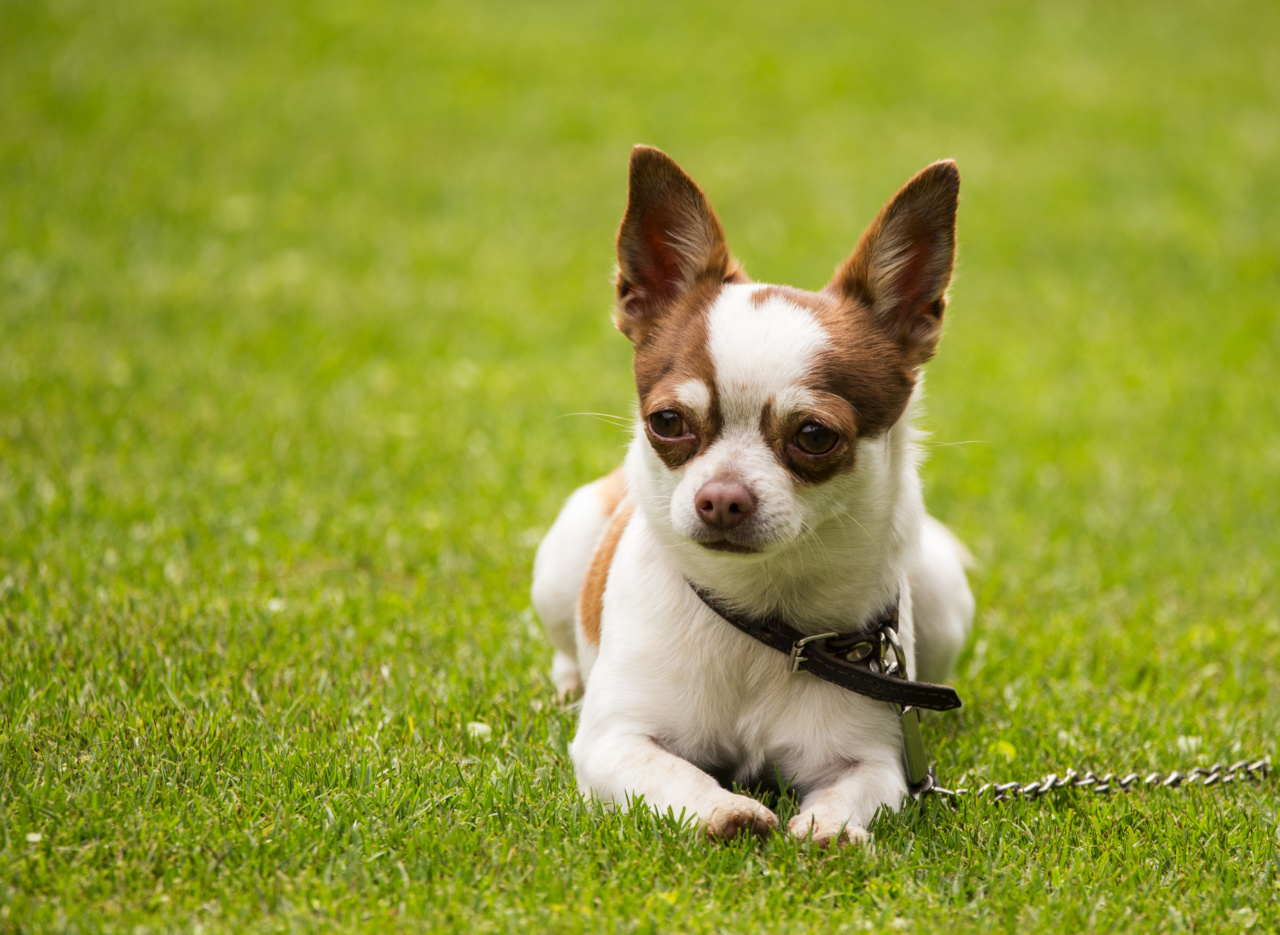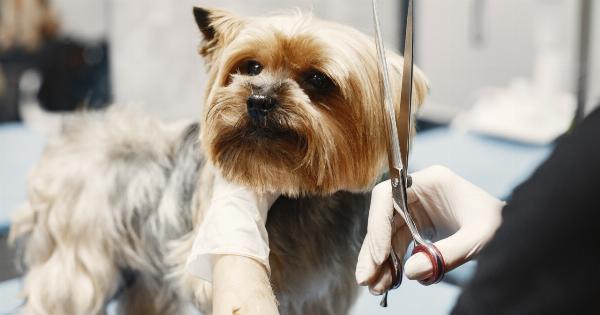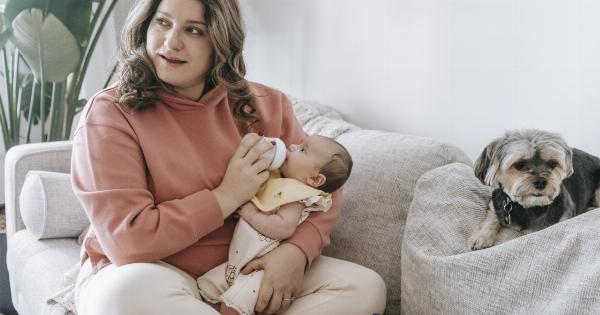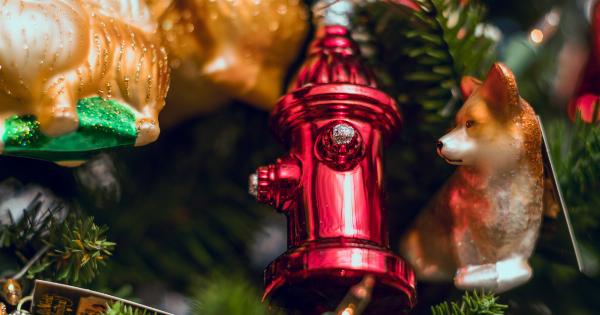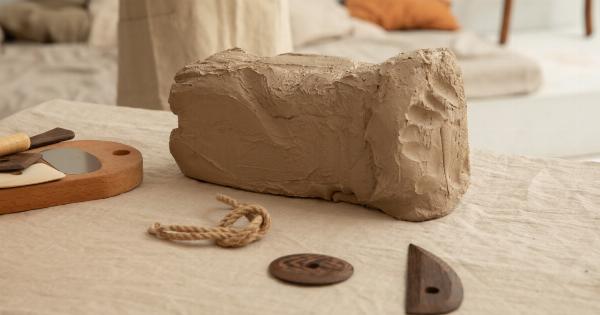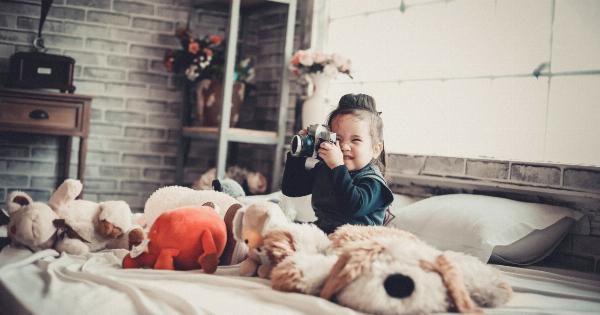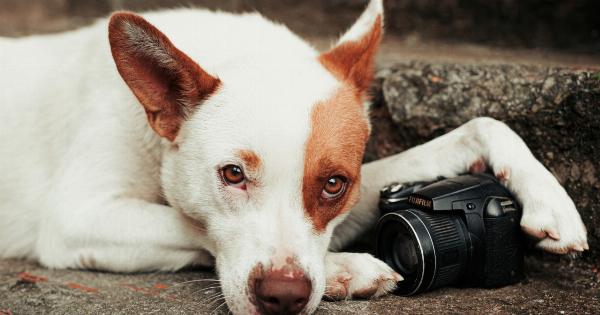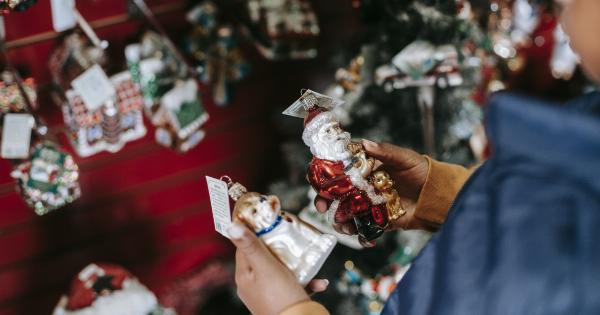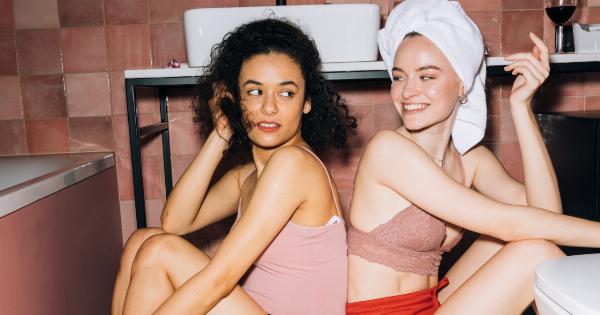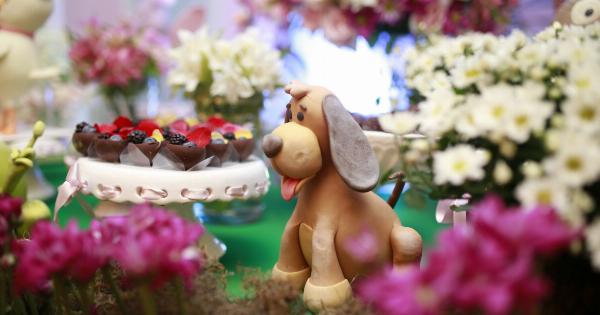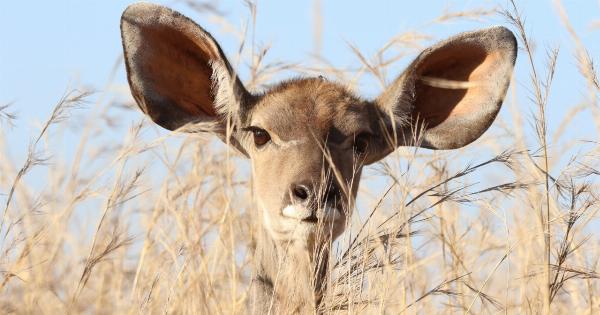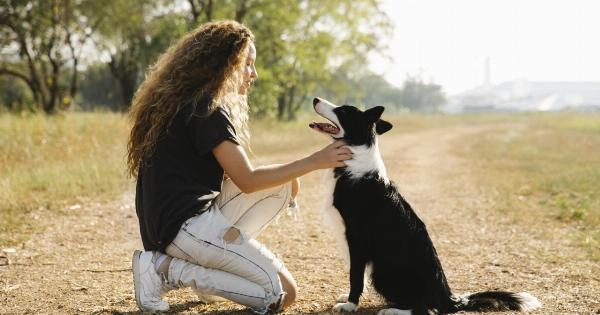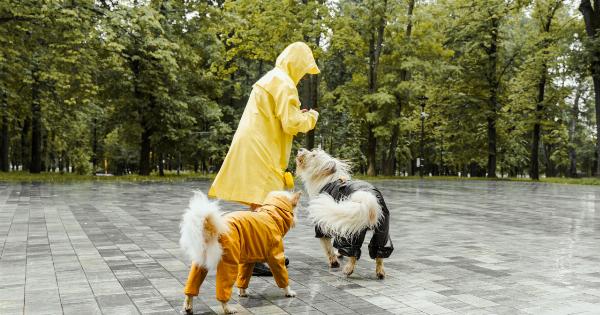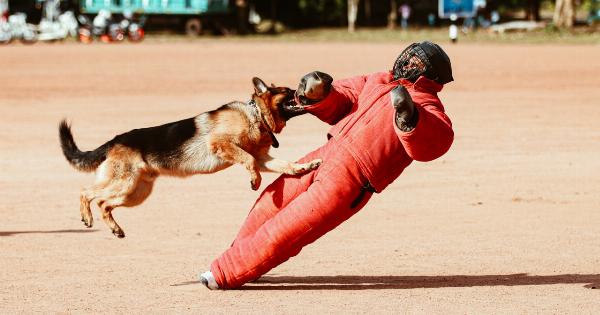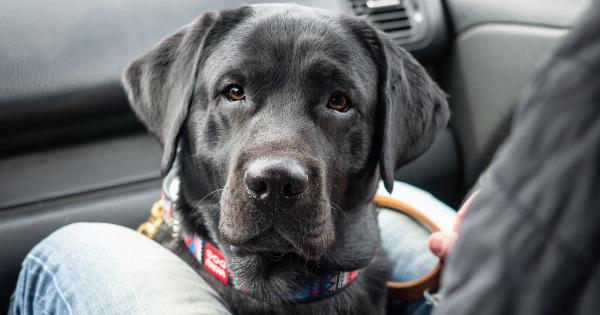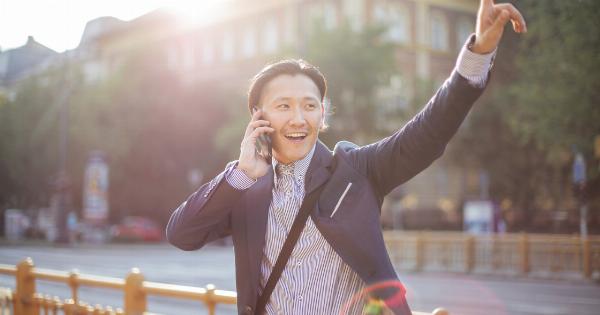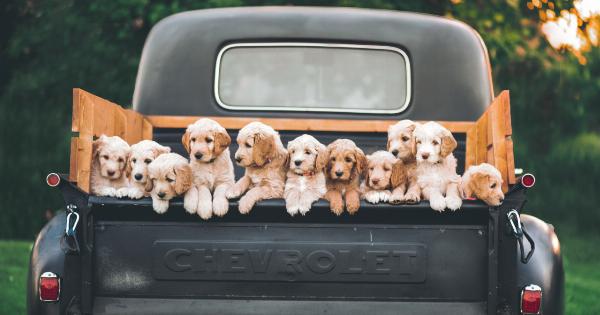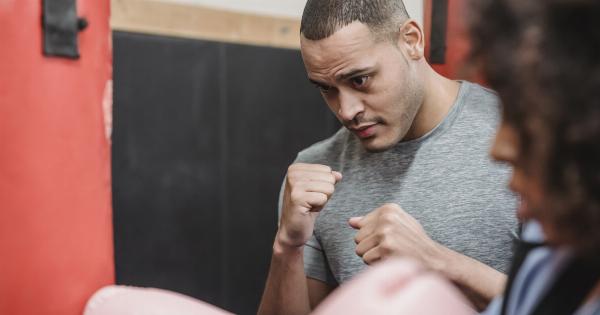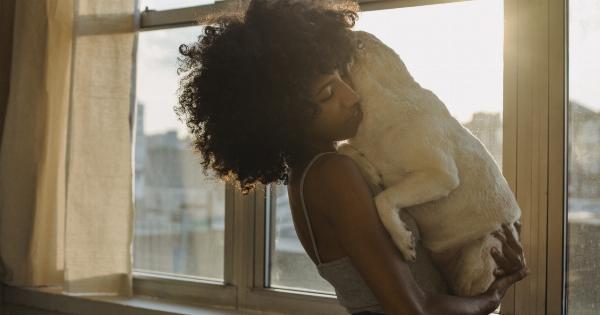Grooming can be a stressful experience for many dogs, especially those who are anxious or have had negative past experiences.
As a responsible pet owner, it is essential to ensure that your furry friend feels calm and comfortable during the grooming process. In this article, we will discuss ten effective strategies to help calm an anxious dog during grooming.
1. Familiarize Your Dog with the Grooming Environment
Before taking your dog to the grooming salon, it’s important to familiarize them with the environment. Take some time to visit the salon with your dog, allowing them to sniff around and get used to the new surroundings.
This process can help ease their anxiety and make them feel more comfortable during future grooming visits.
2. Choose a Groomer Who Specializes in Calming Techniques
Not all groomers have experience working with anxious dogs. It is crucial to find a groomer who specializes in handling and calming nervous pets.
Look for groomers who are patient, gentle, and willing to take their time in order to make the grooming experience as positive as possible for your furry friend.
3. Practice Regular Handling and Touching at Home
To prepare your dog for grooming, get them used to being touched and handled regularly at home. Start by gently touching their paws, ears, tail, and other sensitive areas.
Use treats and positive reinforcement to create a positive association with being touched. This practice will help your dog feel more at ease during grooming sessions.
4. Introduce Your Dog to Grooming Tools Gradually
Dogs can often feel anxious when exposed to unfamiliar grooming tools such as clippers, brushes, or nail trimmers. Introduce these tools gradually, allowing your dog to sniff and inspect them.
Use positive reinforcement and treats to create a positive association with the tools. This process will help your dog associate these tools with positive experiences rather than fear or discomfort.
5. Implement Desensitization Techniques
Desensitization involves gradually exposing your dog to grooming-related stimuli in a controlled and positive manner. Start with minimal exposure and slowly increase the duration and intensity over time.
For example, initially, you can reward your dog for calmly allowing you to touch their paws for a short duration, and then gradually increase the time spent on paw handling. This technique can help your dog become more comfortable with grooming activities over time.
6. Use Calming Aids
Various calming aids, such as pheromone sprays, calming collars, or anxiety wraps, can help reduce your dog’s anxiety during grooming. Consult with your veterinarian to determine which calming aid may be suitable for your dog.
These aids work by emitting soothing scents or applying gentle pressure to help relax your dog during the grooming process.
7. Massage and Body Work
Before grooming your dog, consider incorporating massage and bodywork techniques to help them relax. Massaging your dog’s muscles can release tension and promote a sense of calmness.
Use gentle strokes and avoid any areas that may be sensitive or uncomfortable for your dog. Slowly introduce these techniques and observe how your dog responds positively to touch.
8. Establish a Routine
Establishing a grooming routine can help reduce your dog’s anxiety. Dogs thrive on consistency and predictability, so having a regular grooming schedule can make them feel more secure.
Stick to a specific time and day for grooming sessions, and be sure to maintain a calm and relaxed atmosphere throughout the process.
9. Stay Calm and Patient
Our dogs can sense our emotions, so it’s important to remain calm and patient during grooming sessions. If you become stressed or frustrated, your dog may pick up on those feelings, which can further contribute to their anxiety.
Take deep breaths, speak to your dog in a soothing tone, and reward them for their cooperation.
10. Consider Professional Training
If your dog’s anxiety during grooming persists or worsens, it may be beneficial to consider professional training. A certified dog trainer or behaviorist can help address and modify your dog’s anxious behaviors.
They will provide you with effective techniques and strategies to manage your dog’s anxiety during grooming and other stressful situations.
